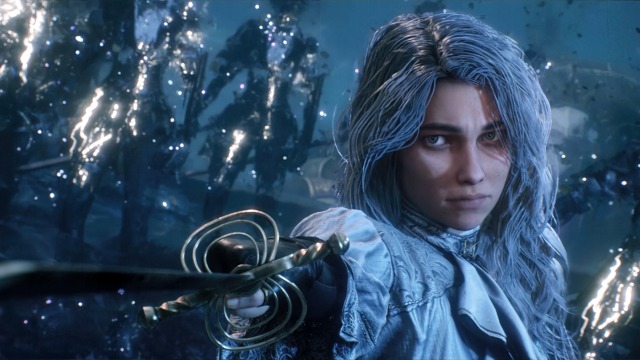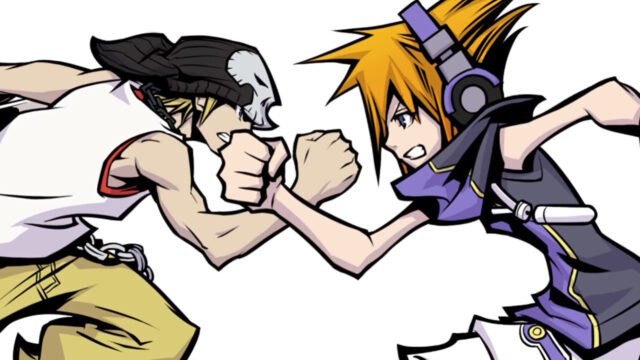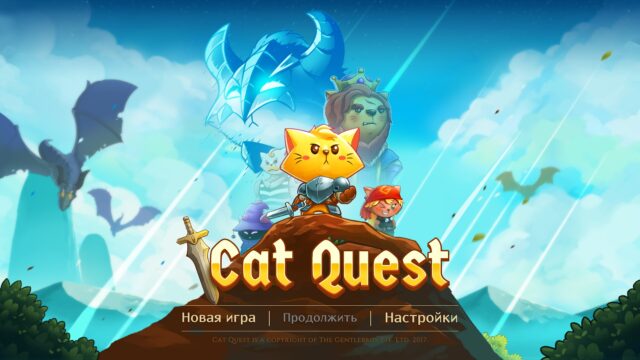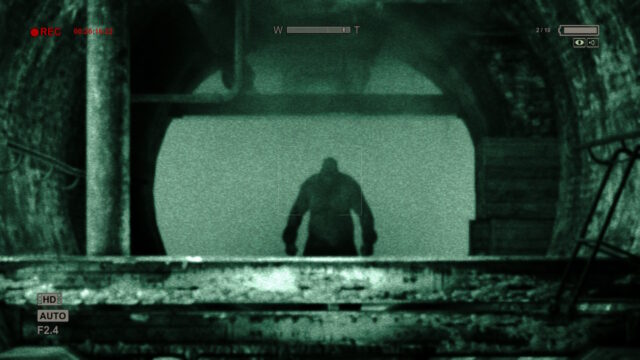Steam Library: Celeste
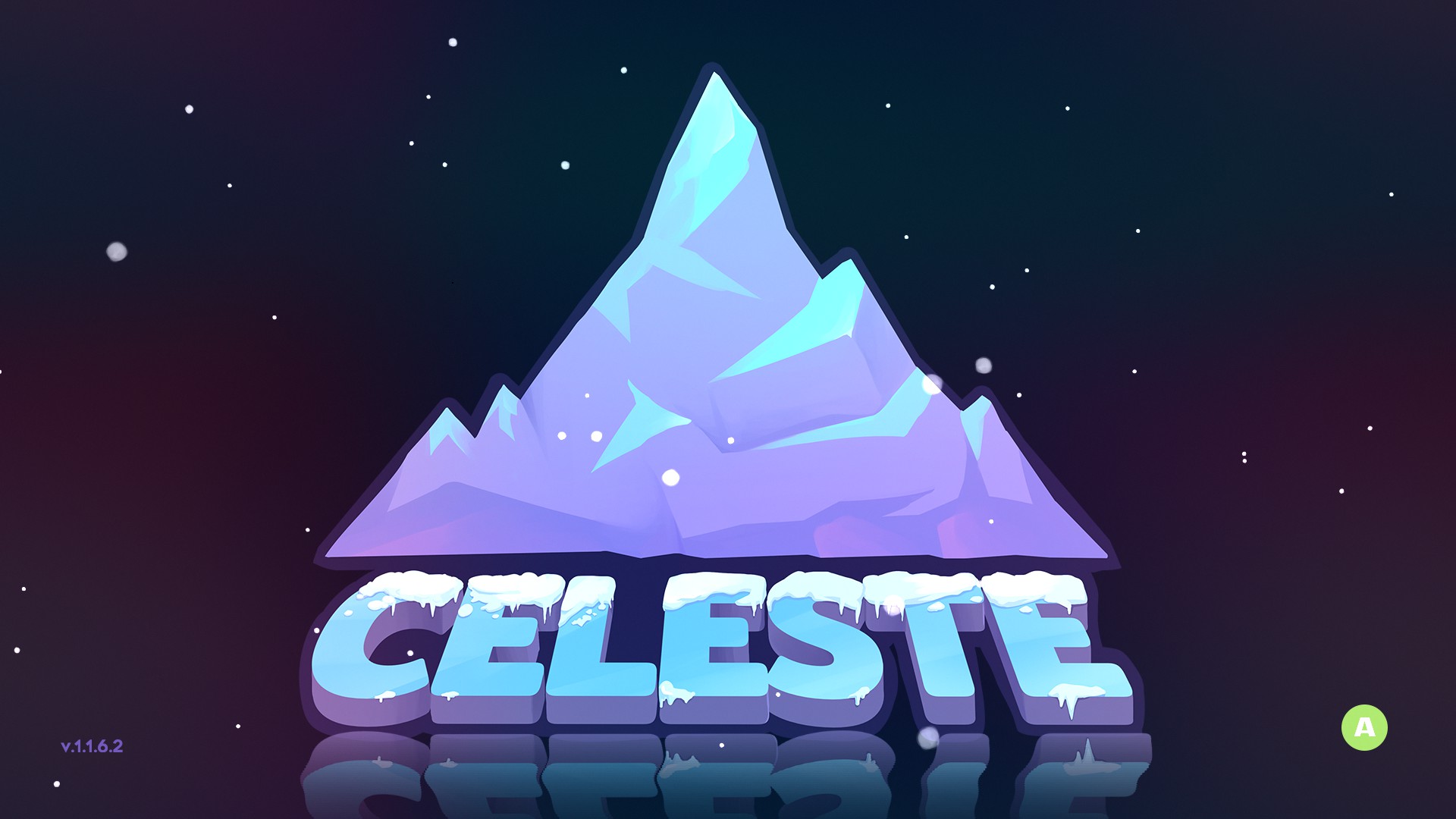
Life Story:
A young lady (of a romantic nature, with a very rich inner world) loves life, struggles with her own flaws, and takes pills to maintain a stable mental state. Everything would be perfect for the lady if one day her boyfriend didn’t leave her. Being a bright and extraordinary person, the lady decides to overcome the dark period of her life in two steps. First, the heroine stops taking her stabilizing medication, and second, she plans to climb a whole mountain alone. And in order to combine the pleasant freedom from pharmaceuticals with beneficial physical exercise, the heroine chooses a special mountain, with an entire abandoned city on its slopes.
Believe it or not, I know at least one person who had the same domestic collision and treated it by going to the mountains. Celeste is about realism. It’s also about double jumps, ten game overs on one screen, hot dark-skinned mountaineers, disappearing platforms, and secret rooms.
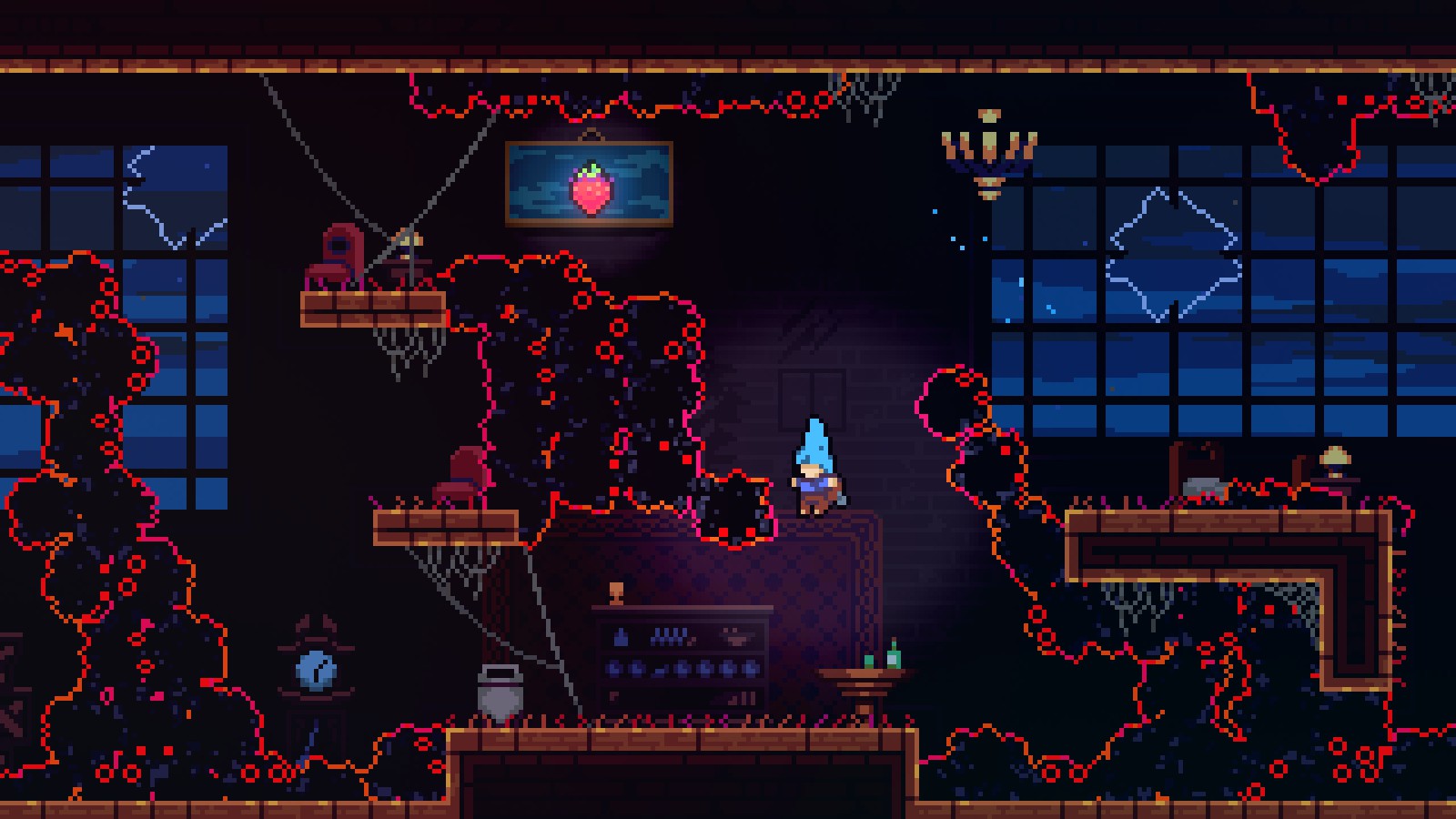
For a successful ascent of the pixel mountains of Celeste, in addition to the game key itself, one more thing is critically necessary. It is called a “gamepad”; veterans of 2D platformers do not need to be explained what kind of hell the passage of any such entertainment turns into, but it cannot be left unmentioned. Especially since our platformer client does not recognize a computer mouse even in the menu.
In short, play Celeste with a keyboard only if you want to experience pain. More precisely, if you want to experience even greater pain than the designers intended.
When the very first jump across the abyss cannot be overcome simply by pressing one button once, this is a sure sign – ahead of us are severe tests of manual dexterity.
In short, play Celeste with a keyboard only if you want to experience pain.
In the starting set of challenges, there are already multiple bounces off walls that require accurate calculation and execution of jumps, spikes that instantly send the heroine back to the starting position, and a race against her own shadow. This heroine jumps between icicles and warms herself by a random bonfire; on this side of the monitor, the plastic of the controller and the player’s nerve cells melt.
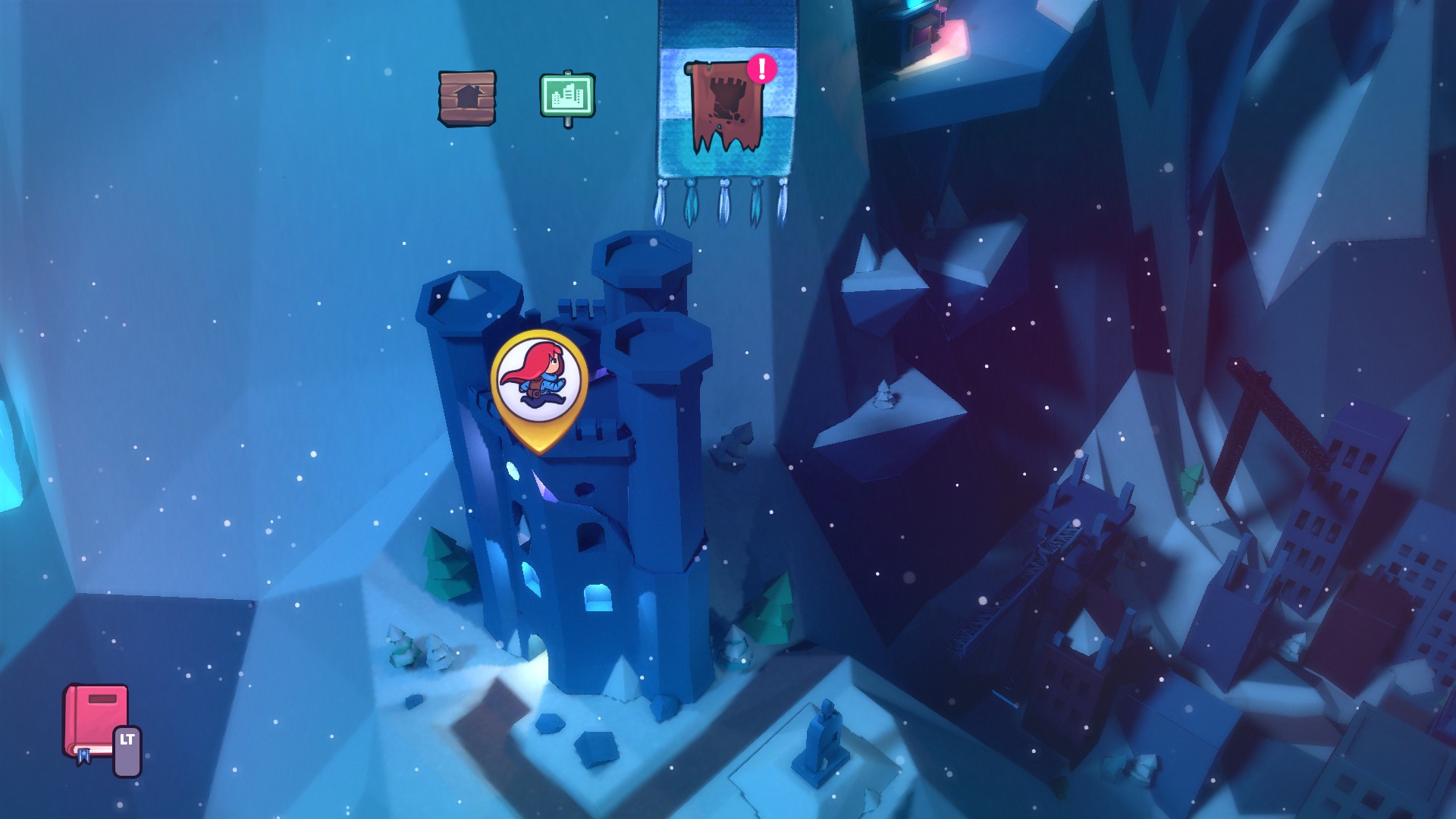
Hardcore Celeste, truth be told, fell into the trap of game design that has already aged since the indie boom. On one hand, the game strongly encourages us to take risks on every first screen, on the other hand, it also strongly wants to tell the story of a brave amateur mountaineer until the end. For the sake of this last goal, Celeste undermines one of its main supports.
Over the years of releasing chamber projects about two-dimensional obstacle courses – and not only – the efforts of collective unconscious game design thought have given birth to a style that I want to call “gamer grotesque”. A game of gamer grotesque is, first and foremost, a relatively small entertainment focused on exactly one idea. Quickly run through an arcade maze. Shoot a horde of monsters crammed into one room. Solve a puzzle in blitz mode.
And since the aforementioned happiness is tied to mechanics and limited in resources, game worlds, characters, and plots all begin to mutate in a surprising way. The result is a nuclear mixture of minimalism, aesthetics of “old games”, transcendental absurdity, and very specific humor.
My two main benchmarks of gamer grotesque are Super Meat Boy and Binding of Isaac. Perhaps there are no more vivid examples.
I think there is no need to further explain why such games are a special kind of entertainment that is not close to everyone. This is where indie combat units like Celeste come into play, whose calling is to marry wild hardcore gameplay with a “real plot” and push grotesque beyond the brackets. It doesn’t always work, and not for everyone.
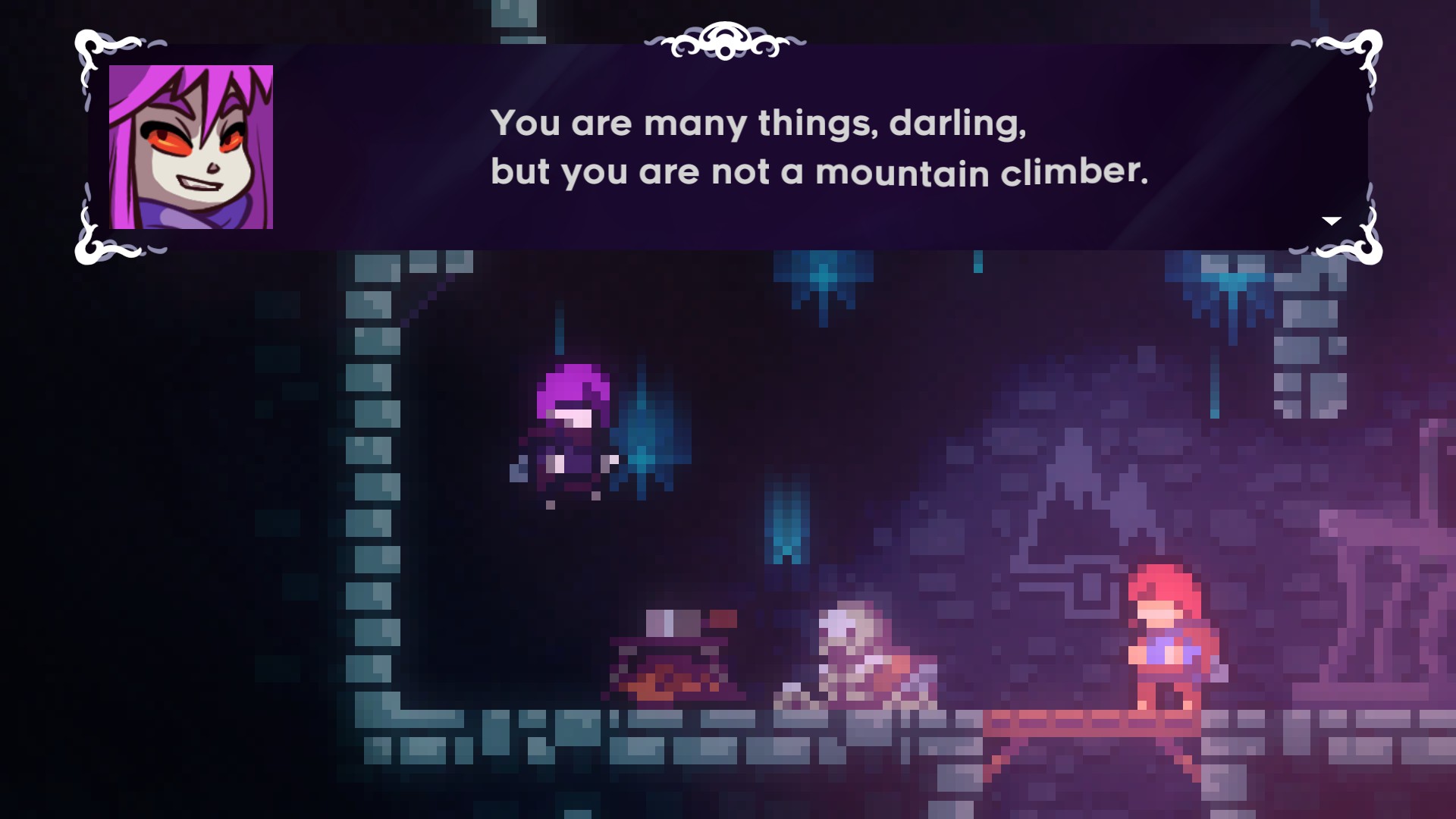
We return to our platformer.
A typical “room” of local levels presents the gamer with two main puzzles. The first one is how to jump to the next room, and the second one is how to jump to the next room in order to also collect that shiny thing over there. Naturally, the second puzzle turns out to be significantly more difficult. The sequence of jumps, rolls, and hooks needs to be thought out much more intricately, and then the composed acrobatic study needs to be executed.
Strangely enough, for some reason, I always wanted not just to move forward, but to immediately perform all sorts of somersaults and flips. A serious challenge to both thinking and reflexes, you know. Super Meat Boy would approve. And that’s where my troubles begin.
Oh yes, here there are also dialogues with characters at the beginning. Should I skip this scene, or should I let my hands itch to encounter new challenges…
While I tried to pass the particularly uncomfortable room twenty times in a row, came up with new plans to capture the shiny diamonds and pressed the buttons on the gamepad, the story about the young mountaineer began to slip away from me. Within the same endless series of failed jumps, you can learn to play better, become a more patient person, understand the dao of glowing pixels, but you can’t advance the story far. As a result, the lively story seems to sag and be forgotten.
Well, finally I did everything right, what a good job I did. Onward to the next series of trials and errors! Oh, right, here there are still dialogues with characters at first. Should I skip the cutscene, or should I itch my hands to encounter new challenges…
By the third local episode, it dawned on me that the diamonds, which have become my obsession, are scattered throughout the levels specifically for the purpose of skipping them if getting stuck on a level becomes boring and you want to find out what happened next in the story. Balance is maintained, for example, like this: ten unsuccessful attempts to reach an additional goal – and that’s enough, let’s move on without any tricks.
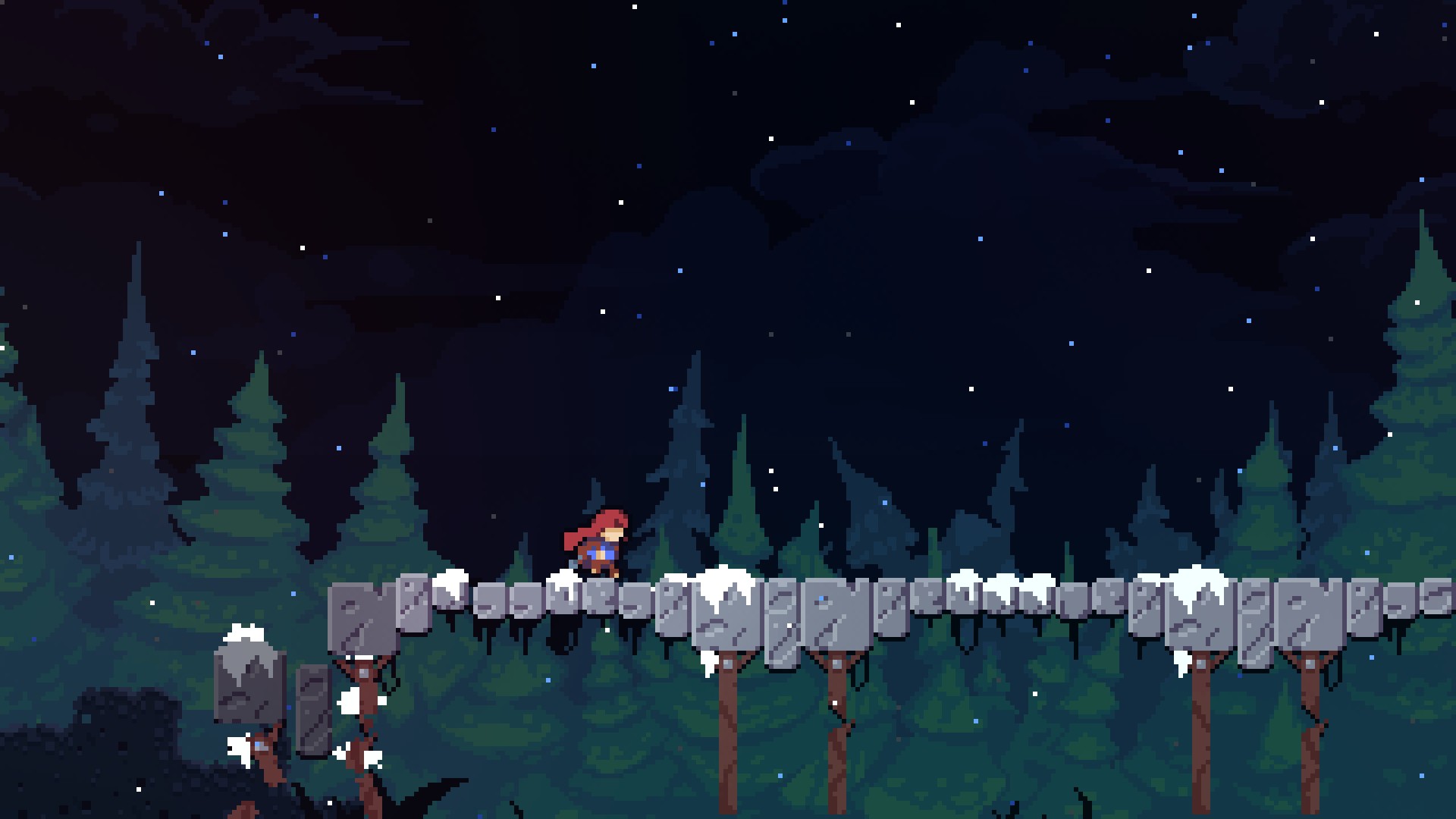
But yes, Celeste itself couldn’t find this very balance. When you play for the story, you want collectibles, but when you collect collectibles, the story evaporates. The last option is to quickly rush through the story, watch the ending, collect all the special moves, and start over, already being familiar with the challenging mountains. Whether you will want to go back to the first level after such a gallop, well, that’s a question with a not-so-obvious answer.
Share
Discuss
More Reviews


